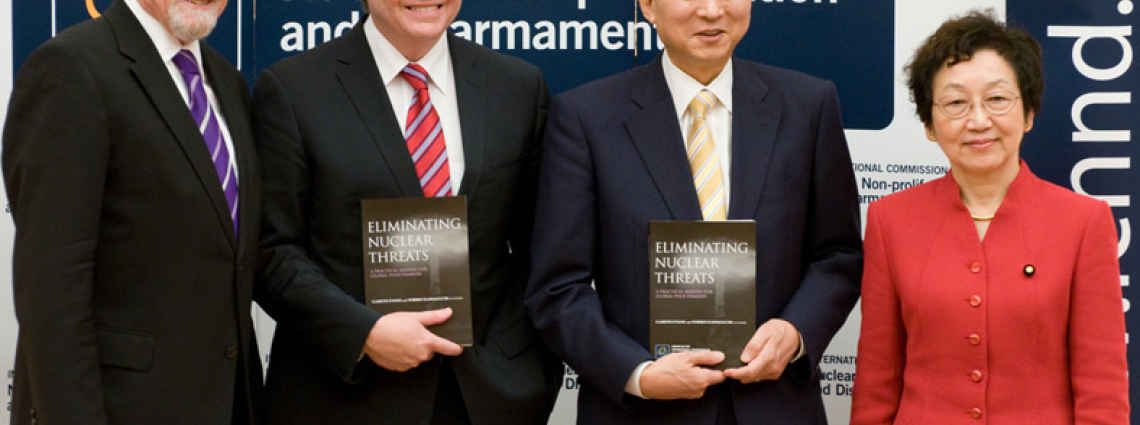CTBTO Invests in Future Generation of Policy Makers
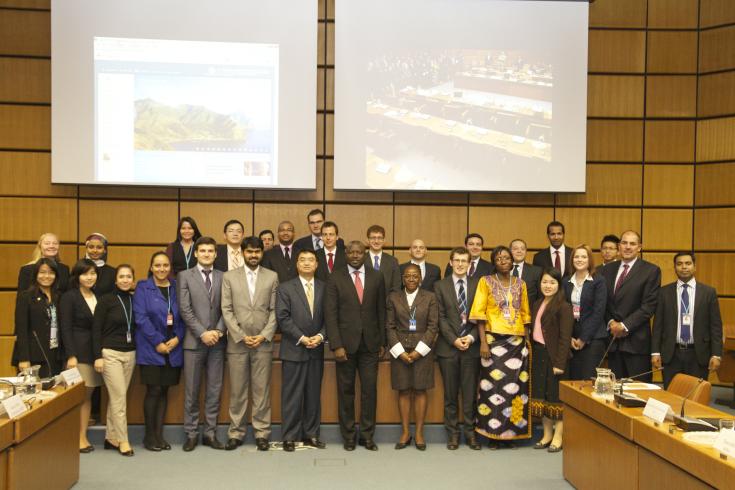
CTBTO Executive Secretary Lassina Zerbo, centre of the front row, and Chief of External Relations and International Cooperation, Jean du Preez, front row second from right, with the UN Disarmament Fellows.
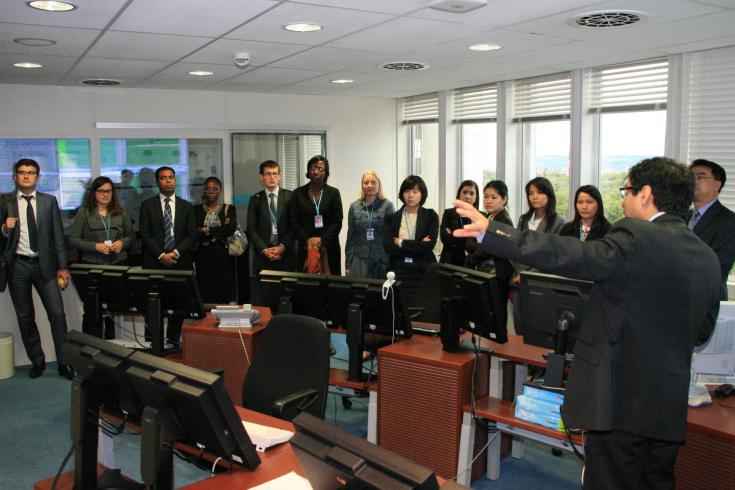
Fernando Araujo, Chief of the Operations Section at the International Data Centre, explaining how the Operations Centre functions.
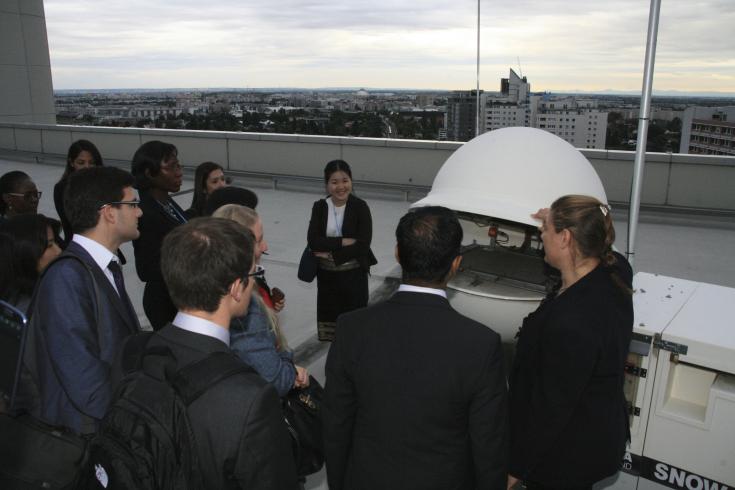
Visiting the radionuclide station on the rooftop of the Vienna International Centre.
"Undoubtedly this is among the most enriching seminars in the field of nuclear disarmament and non-proliferation in which you can participate. While it is pretty exhausting, it is really worth the effort."
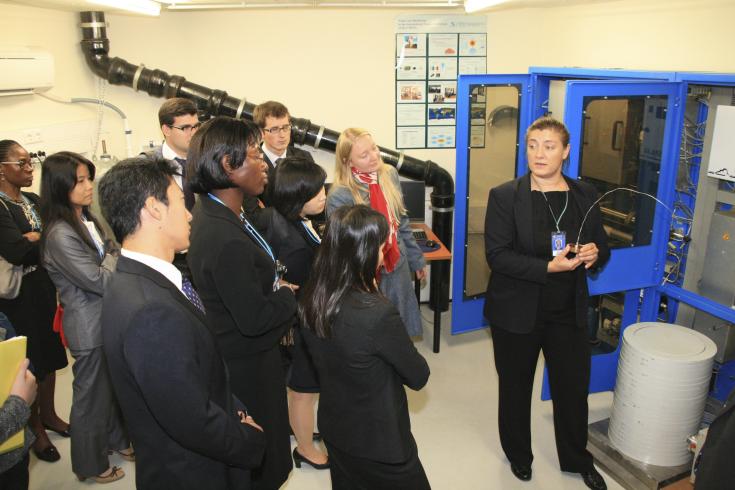
Radionuclide Engineering Officer Barbara Nadalut showing participants the noble gas station on the rooftop of the Vienna International Centre.
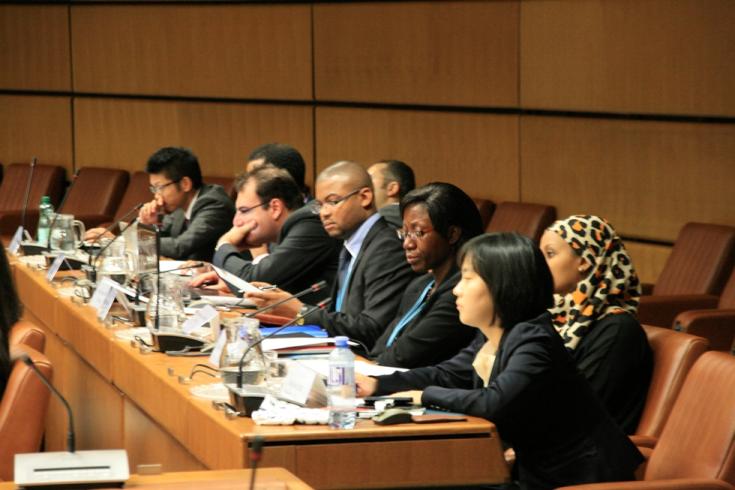
UN Disarmament Fellows attending one of the many sessions.
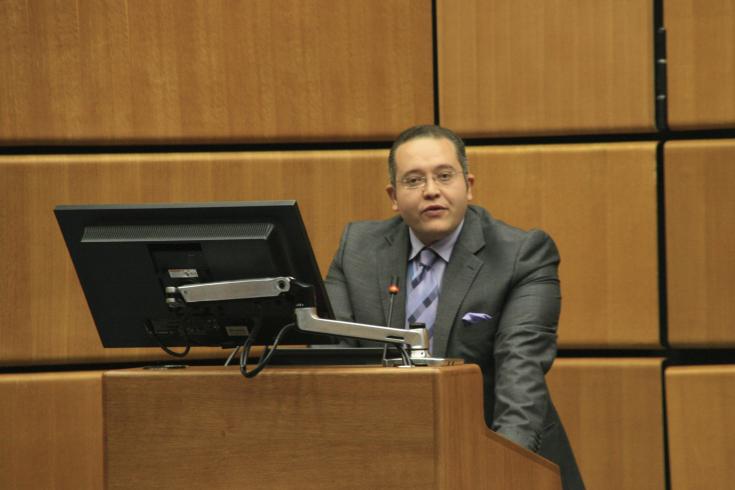
Ibrahim Said from Egypt defending the fictitious country, Azania, which had been suspected of conducting a nuclear explosion, during the simulation session of the Executive Council deliberations on an OSI request.
"It was a real life experience for me. Besides getting familiar with the Executive Council diplomatic interactions and negotiations, I also learned a lot about the verification system and the CTBT, its significance and importance. All of that came with a scientific and technical flavour that adds more to the political and diplomatic experience."
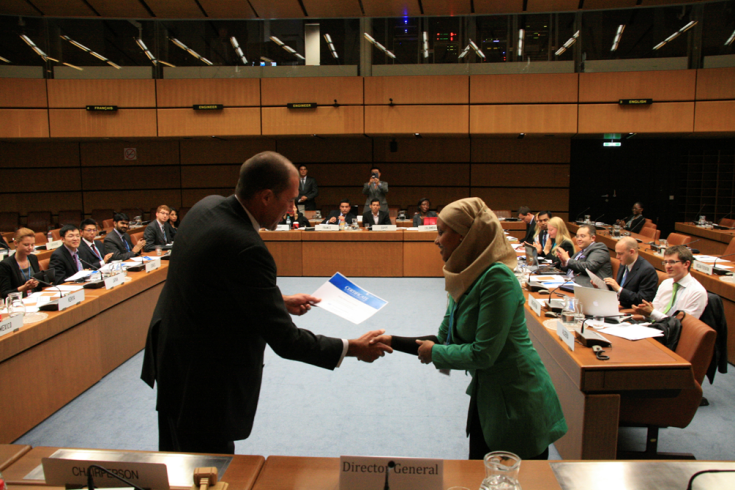
Huda Mohamed Yusuf from Ethiopia receiving her certificate from the Chief of External Relations and International Cooperation, Jean du Preez, upon successful completion of the seminar.
23 Sep 2013
